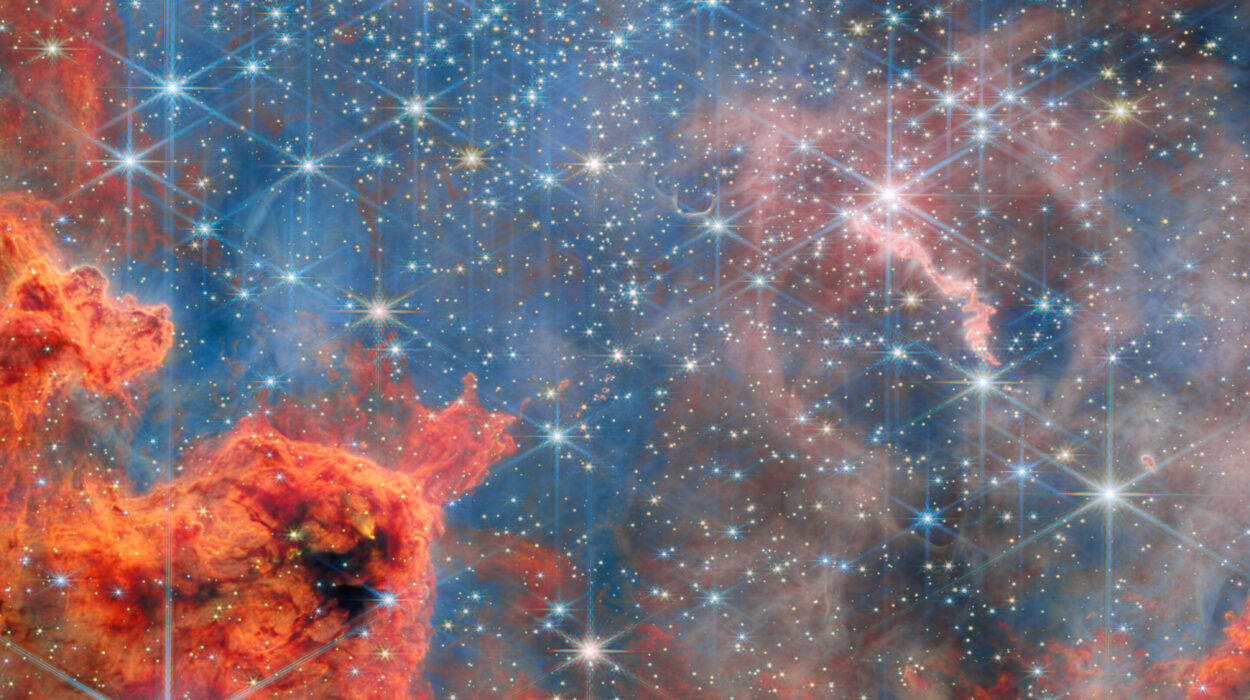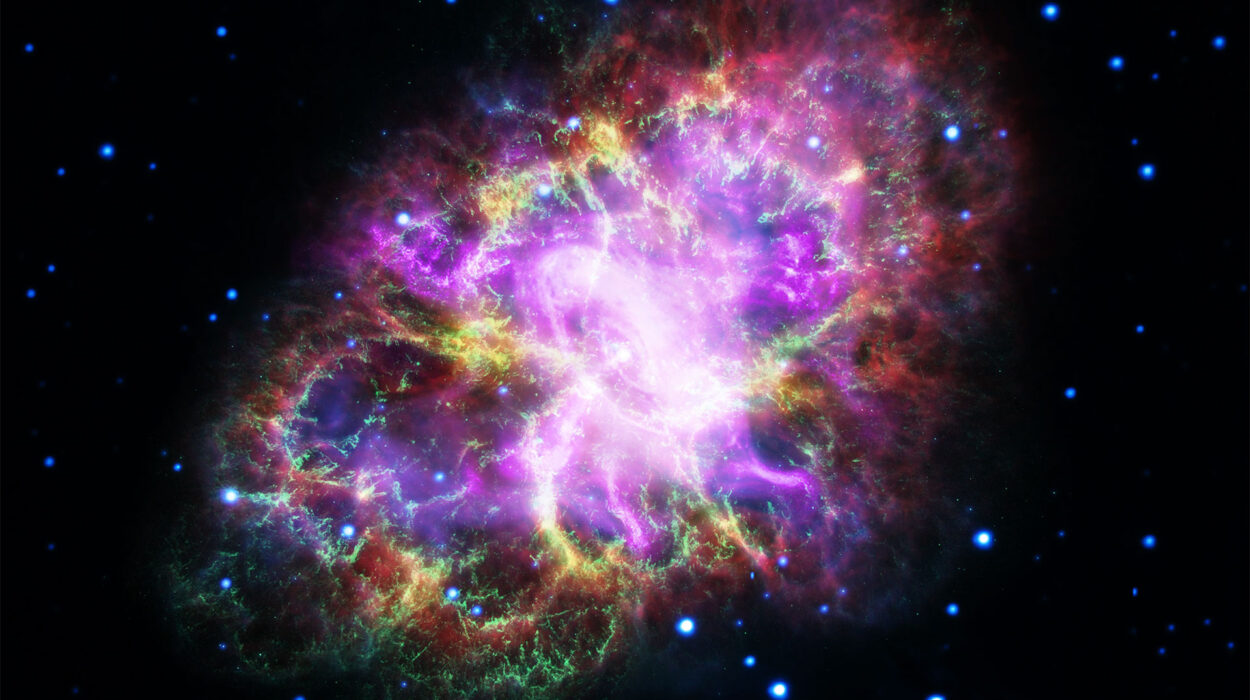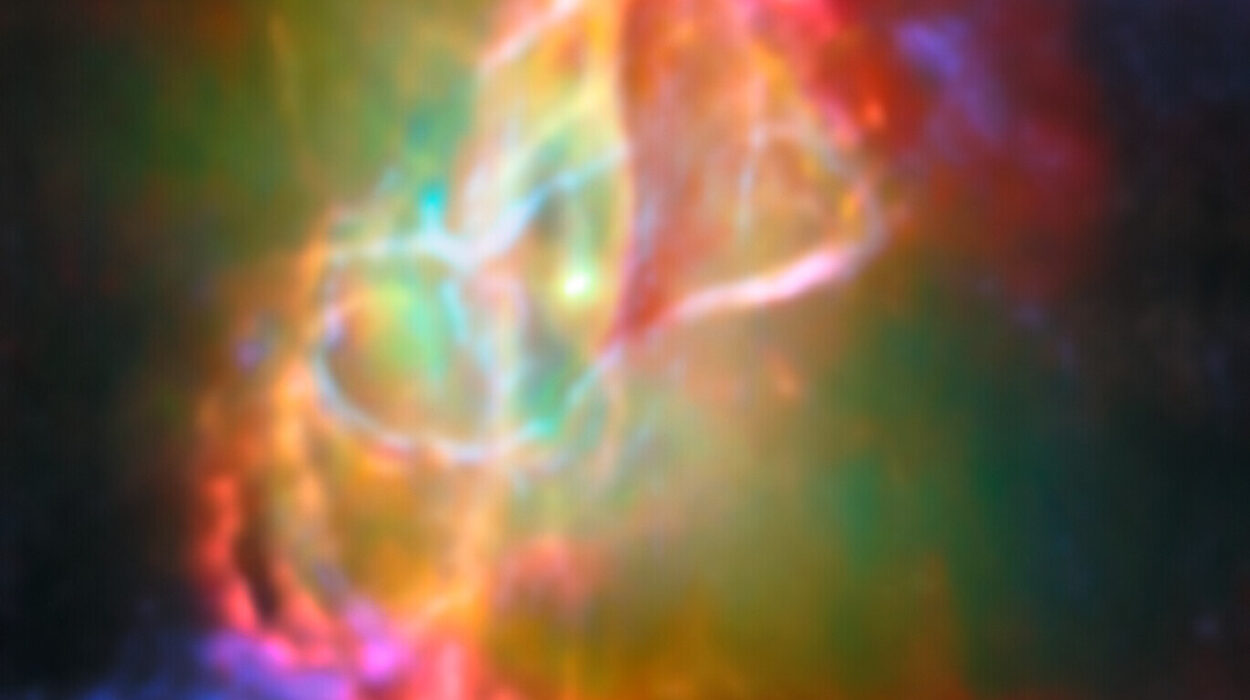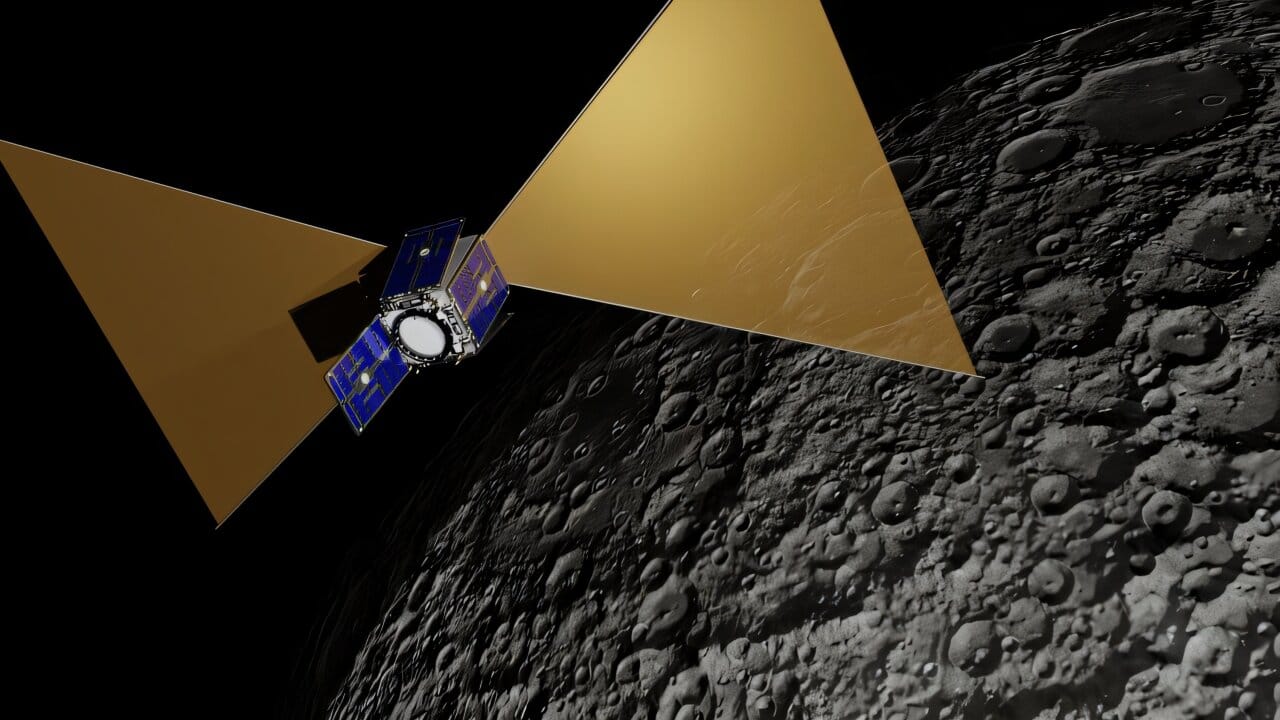High above Earth’s atmosphere, in the silence of space, the Hubble Space Telescope has once again turned its eye toward a forgotten corner of our galaxy—and revealed a celestial treasure sparkling with ancient light. A new image released by NASA showcases ESO 591-12, also known as Palomar 8, a previously unexplored globular cluster whose tightly packed stars glow in hues of sapphire and ruby across the darkness of space.
This discovery isn’t just a feast for the eyes. It’s a time capsule. It’s a rare glimpse into the Milky Way’s mysterious past. And it’s another step in our ongoing quest to understand where we came from.
A Stellar City, Hidden in Plain Sight
Globular clusters like ESO 591-12 are spherical assemblies of stars—anywhere from tens of thousands to millions of them—all bound together by gravity in a kind of gravitational hug that has lasted for billions of years. These are not the scattered, youthful stars we see in open clusters. No, globular clusters are ancient. They’re some of the oldest structures in the universe, thought to have formed early in a galaxy’s life, long before planets like Earth existed.
ESO 591-12, nestled in the Milky Way’s halo, had gone largely unstudied—until now. Its tightly packed stars appear as a glowing ball of glittering gems in the new Hubble image. Red stars, cool and elderly, shimmer beside blue stars burning with younger, hotter light. But despite their different appearances, these stars likely share a common birth. Formed together from the same collapsing cloud of gas and dust, they were born as a stellar family more than 10 billion years ago.
The Power of Hubble’s Gaze
The spectacular image comes from the Hubble Missing Globular Clusters Survey, a project aimed at completing a comprehensive stellar census of the Milky Way’s globular clusters. While ground-based telescopes have tried for decades to observe these dense clusters, they often fall short—Earth’s turbulent atmosphere makes it nearly impossible to resolve individual stars packed so tightly together.
That’s where Hubble shines. Orbiting 340 miles above the Earth, it enjoys a crystal-clear view of the cosmos. Its sharp vision can distinguish between stars that, from the ground, blur into a single point of light. For clusters like ESO 591-12, Hubble’s high-resolution imaging is the difference between seeing a vague smudge and reading the history etched in every star.
The goal of the survey is more than cataloging. Scientists want to determine the ages, distances, and structures of all 157 known globular clusters in our galaxy. Of these, 34 had remained unexamined by Hubble—until now.
Ancient Witnesses of Galactic History
Why do these clusters matter so much? Because globular clusters are among the oldest objects in the Milky Way, they serve as fossil records of our galaxy’s early years. While many stars are born, live, and die over cosmic time, globular clusters have remained stable—cosmic timekeepers bearing witness to galactic formation and evolution.
Each star’s color, brightness, and motion tells astronomers something new. Red stars have cooled with age. Blue stars may be younger or exist in unusual binary systems. By analyzing their light, scientists can determine how old the cluster is, how far it lies from Earth, and even what kind of galactic environment it formed in.
Clusters like ESO 591-12 help answer questions like: When did the Milky Way form its first stars? Did our galaxy grow by merging with others? Are there hidden populations of stars in the galactic halo that we’ve yet to discover?
These are the kinds of cosmic mysteries the Hubble survey is helping to solve.
A Galaxy Still Full of Secrets
The Milky Way may be our home, but it remains a place of secrets. We live in one spiral arm of a vast, starry disk, orbiting a supermassive black hole at the center. The core of our galaxy is shrouded in thick clouds of gas and dust, making it difficult to see into the heart of our stellar city. Globular clusters orbit both the central bulge and the extended halo, like ancient sentinels. Each one is a window into a different era of galactic history.
ESO 591-12 lies quietly among these outer layers—an overlooked fragment of time, now pulled into the spotlight. With every image, every star measured and plotted, astronomers are building a clearer map of the Milky Way’s origin story. It’s a bit like reading the family tree of the universe—and finally finding the missing names.
Looking Ahead to Webb and Beyond
Though Hubble remains one of our most powerful tools, it’s no longer alone. With the launch of the James Webb Space Telescope, astronomers can now peer even deeper into time and space. But Hubble’s unique legacy—its sharp optical images, its decades of observation, its devotion to targets like globular clusters—continues to provide unmatched detail.
Together, Hubble and Webb are giving us the full picture: Hubble maps the star clusters of our galaxy, while Webb probes galaxies at the edge of the universe. They are, in a way, the two eyes of a cosmic observer—one looking inward, the other looking back in time.
The Light That Connects Us
In the end, what draws people to images like this one of ESO 591-12 isn’t just scientific curiosity. It’s wonder. It’s the emotional gravity of knowing that these distant lights, these suns bound in orbit, have been glowing since long before Earth was born. They are older than language, older than memory, older than myth.
And yet here we are, studying them. Sending machines into orbit to photograph them. Reading their signals across tens of thousands of light-years. It’s a human act—humble, profound, and hopeful.
As Hubble continues to scan the skies, more hidden clusters will come to light. More questions will be asked. And among the stars, answers will emerge—one pixel, one photon, one cluster at a time.






